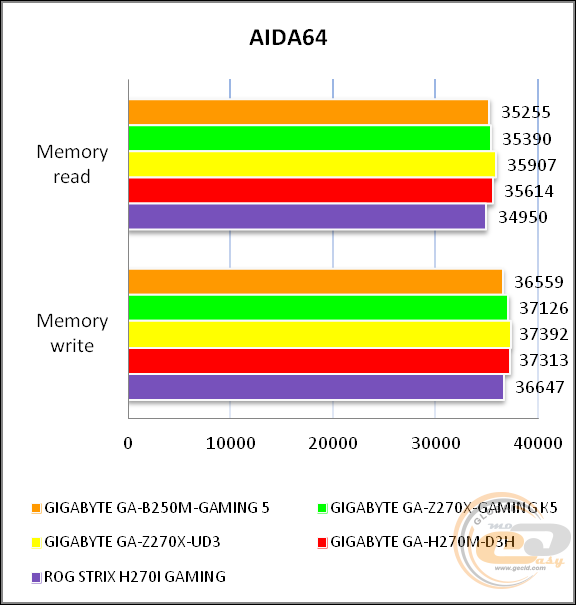

Sitting in the mid-range of enthusiast-level motherboards, the Gaming M5 features overclocking performance on par with the top-end boards, with memory overclock limits set to 3800MHz. We tested the Core i7 7700K on an MSI Z270 Gaming M5. Our test system, featuring the MSI Z270 Gaming M5 This addition has gone largely unnoticed but based on our tests, non-K Core i5 and Core i7 processors could see up to a five per cent uptick in performance in CPU-bound gaming scenarios, depending on the title. However, Kaby Lake features enhanced media functionality, including full hardware-based HEVC encode and decode, plus support for Google's VP9 (which should result in smooth playback of our 4K YouTube content).Īdditional PCI Express lanes are added to the platform, allowing for more high-bandwidth storage devices to be attached, while base-level Kaby Lake motherboards now support 2400MHz DDR4 - up from the base-level 2133MHz that Skylake shipped with. Our tests show only margin of error differences, even in benchmarks designed to push processor performance to the edge. The core architecture remains the same as the current Skylake line though, meaning that - clock for clock - performance is identical. The Kaby Lake-based 7700K pushes Intel's existing processor technology to its limits and adds a few minor, albeit welcome enhancements. It's the best top-tier gaming CPU on the market right now, but fundamentally, the existing Core i7 6700K is only fractionally less capable. The Core i7 7700K is a magnificent piece of technology, but improvements over its predecessor are minimal and it's safe to say that the real-life application of its enhancements are close to non-existent in gameplay scenarios. What is the future of the x86 processor? As discussed recently, we've reached a crossroads in CPU technology.


 0 kommentar(er)
0 kommentar(er)
